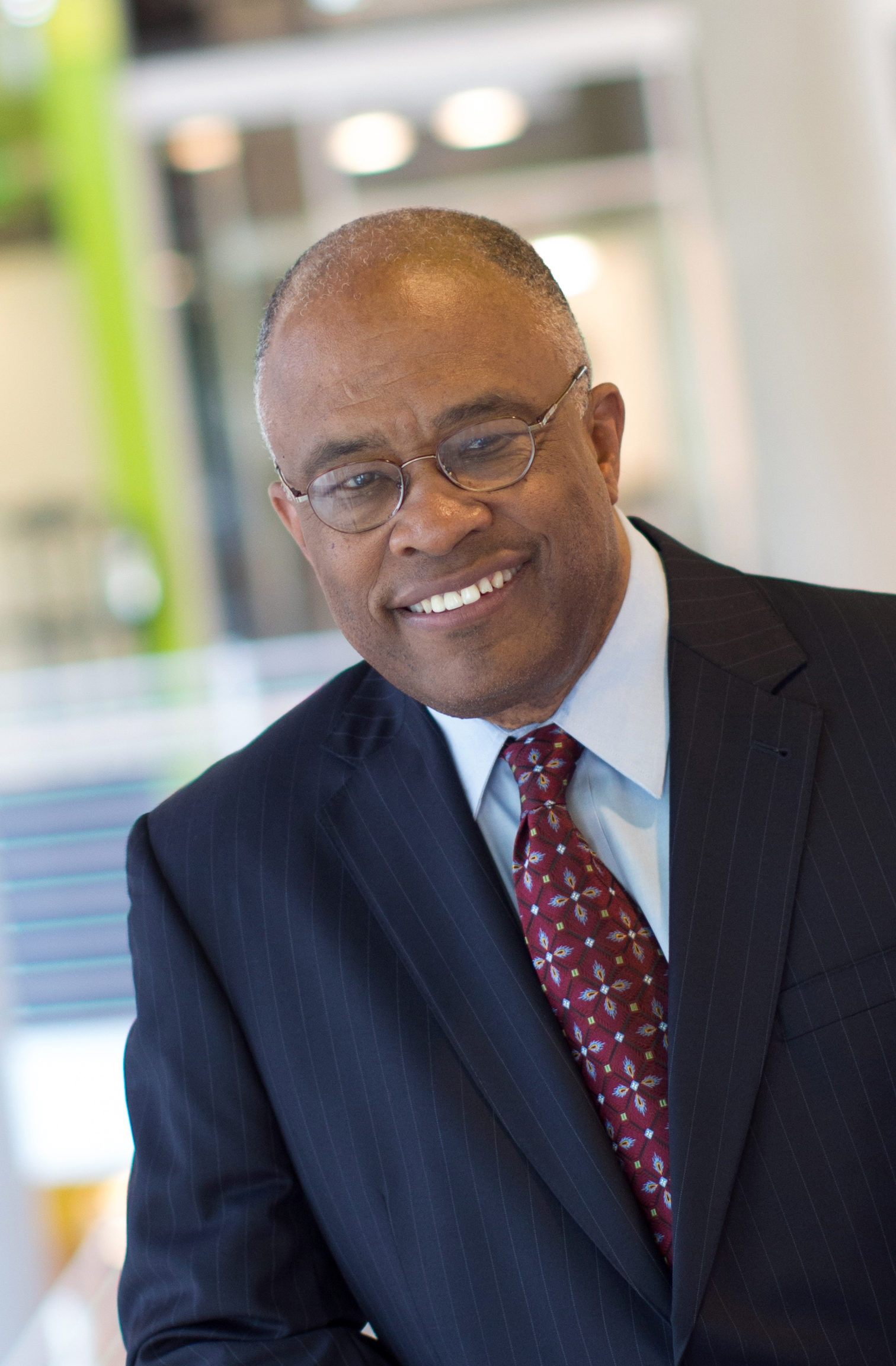
Recently, some people have referred to Freddie Gray’s neighborhood in Baltimore as an area that government forgot. But it’s important for people to know that a major effort to revitalize that community had been made. Sandtown-Winchester was a focus of a neighborhood improvement initiative during the 1990s by state and local governments and the nonprofit organization the Enterprise Foundation. During this time I served as Baltimore’s mayor — the first African American elected to that position. We never forgot Freddie Gray’s neighborhood in my administration. But clearly our effort ran into some unexpected problems.
Before we talk about solutions to the problems in Baltimore, we ought to reflect on that effort, to find out the successes and failures. And we should try and figure out why we’re at the current situation of high unemployment, high crime, and urban distress. We have to go back, meet with community leaders, find out the major concerns, and figure out short-term and long-term agendas.
People who want to help us recover as a community have to understand that like many big cities, Baltimore is actually a tale of two cities. We have a challenge to address the global economic trends affecting our city. What we’ve suffered from in the last 20 or 30 years is middle-class flight, not white flight. When I graduated from high school in 1967, the largest private employer in this area was a steel plant. When I became mayor in 1987, the largest private employer in the area was John Hopkins University and health center.
After World War II, students could drop out of school and go to manufacturing jobs and live a working class life. Students who drop out now are a disaster waiting to happen for our community. Those people can only look for very low-income jobs, and some would be unemployable. That leaves them prey to a life of crime.
Class and economic division have more to do with the unrest in Baltimore than race. Of the six officers charged, three are African American. The cries that you heard from young people protesting in the streets were against police — they didn’t say white or black. If there’s any color that’s at issue, it’s blue.
Problems with the police are not endemic to the department; it’s a small number of people. But a small number of people can cause huge problems. That’s why the city has had to pay out almost $6 million over the past few years for these kinds of excessive uses of police force. Police Commissioner Anthony Batts is doing his best, but police still have a lot of work to do with young people. I hope in the short run, the city creates a robust summer jobs program, some of which could be focused on cleaning up the neighborhoods after the recent unrest.
The fact that the state’s attorney Marilyn Mosby came out with charges against the six officers involved in the time that she did helped to relieve a lot of tension. She’s newly elected, and a lot of people in the community had high hopes that her election signaled a greater understanding of the issues they face. It’s going to be a difficult case to win, but the fact that she came out so definitively and so strongly helped many in the community feel that the government was listening to them. It also gave some room from the protests for neighborhood leaders to show the best of Baltimore, organizing cleanups and helping those affected.
I had the task of prosecuting a police officer when I was state’s attorneys in the 1980s — that’s a very difficult task. The officers will probably say that they thought their actions were reasonable and give their perspective. Community residents generally like to believe in their police officers, and a jury will be a cross section of the community.
In my case, a white police officer had gotten into a fight with an African American motorcyclist, and during the fight, the officer stepped back, pulled out a gun, and shot the guy to death. The initial trial ended in a hung jury: The six white jurors voted to acquit, and the six black jurors voted to convict. He was retried and acquitted.
I wish that the wrongful death case that Gray’s family may file against the city could go first. The police department has already admitted a major element of that case — negligence in the way in which Gray was transported. If that case could go ahead and get resolved, young people in the community could step back and say that some level of justice was accorded to the Gray family. If the criminal case goes first, and the officers are acquitted, we have to be prepared for some additional disturbance in the community.
See the Clashes in Baltimore After Freddie Gray's Funeral
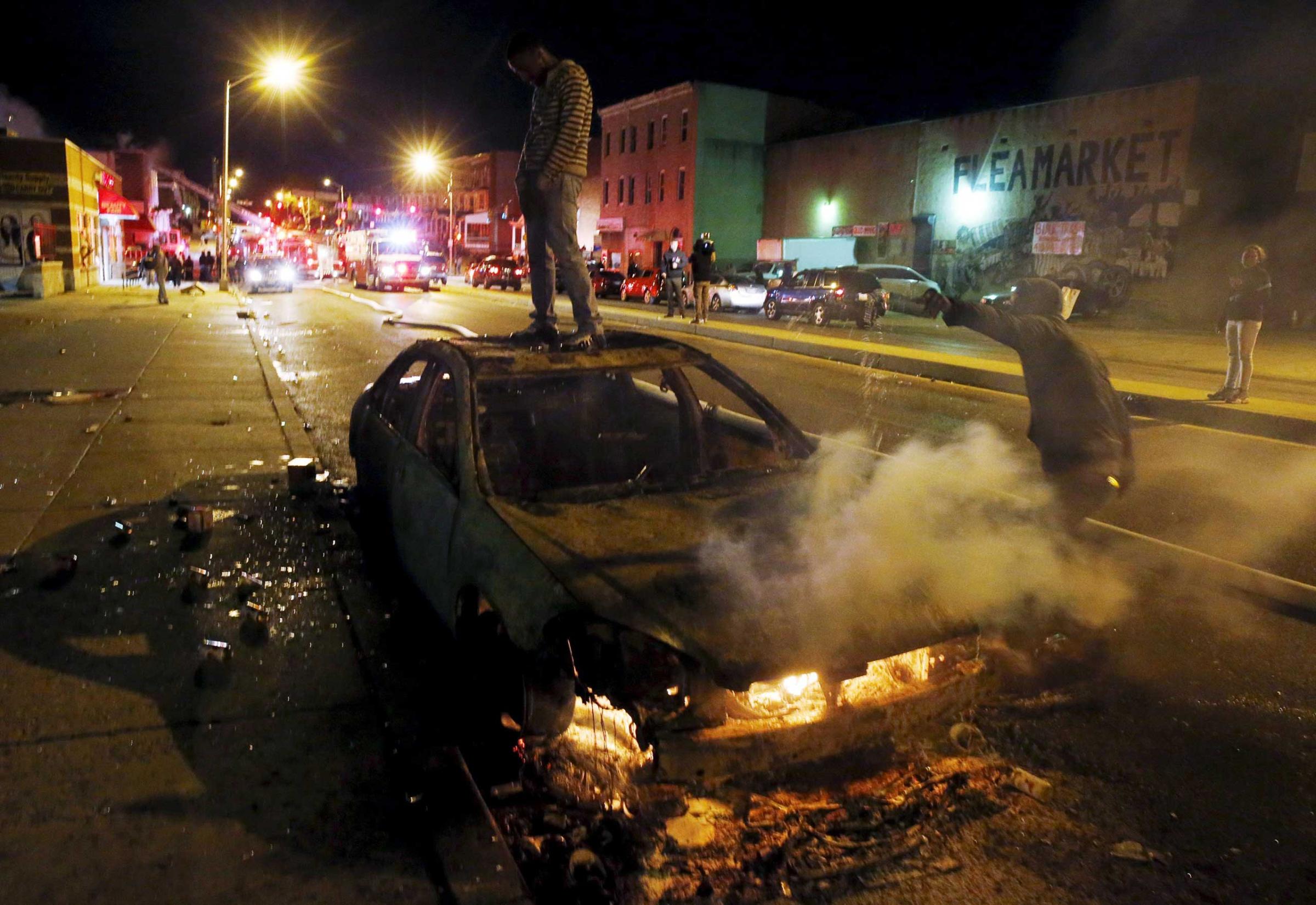
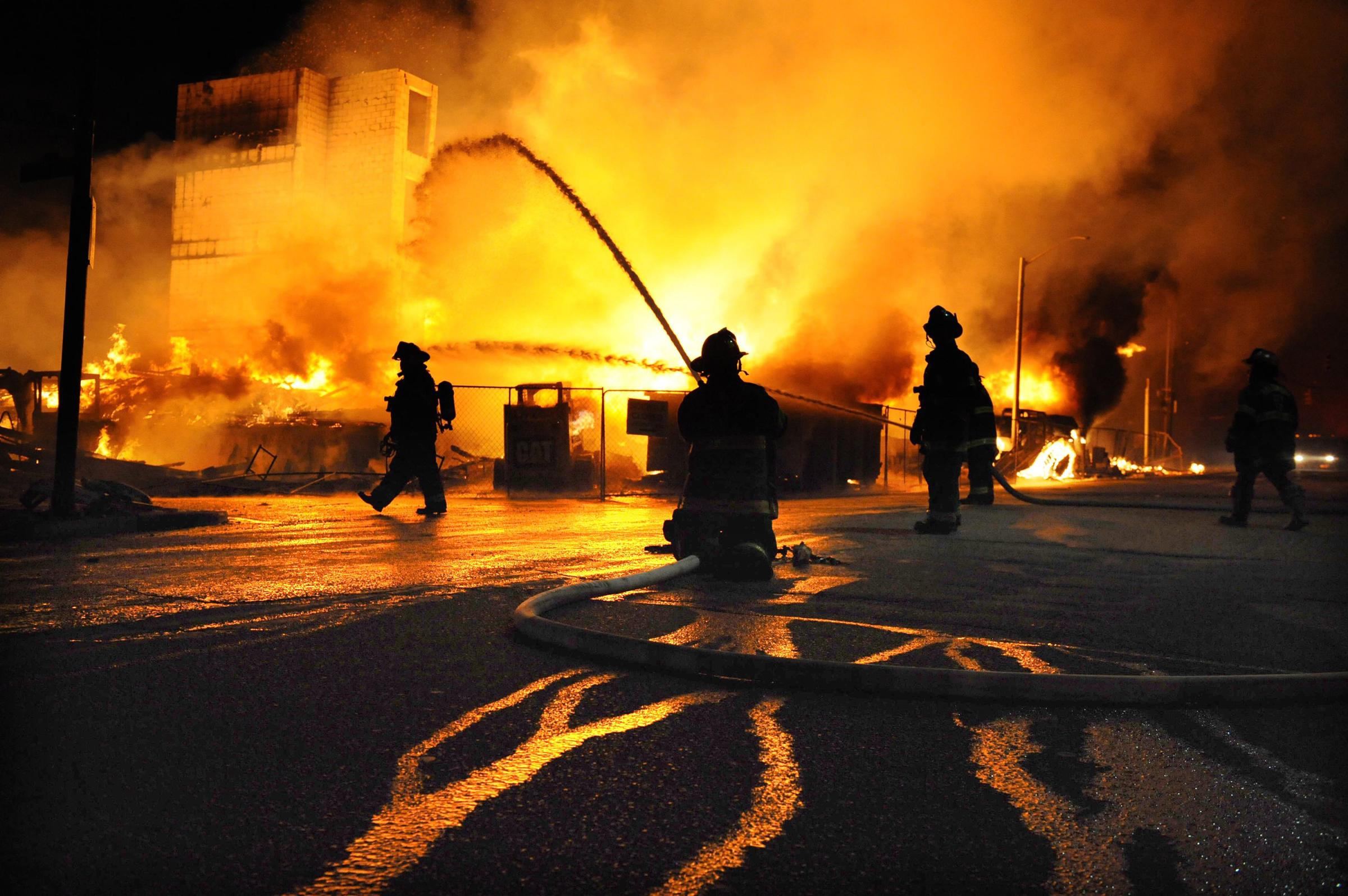
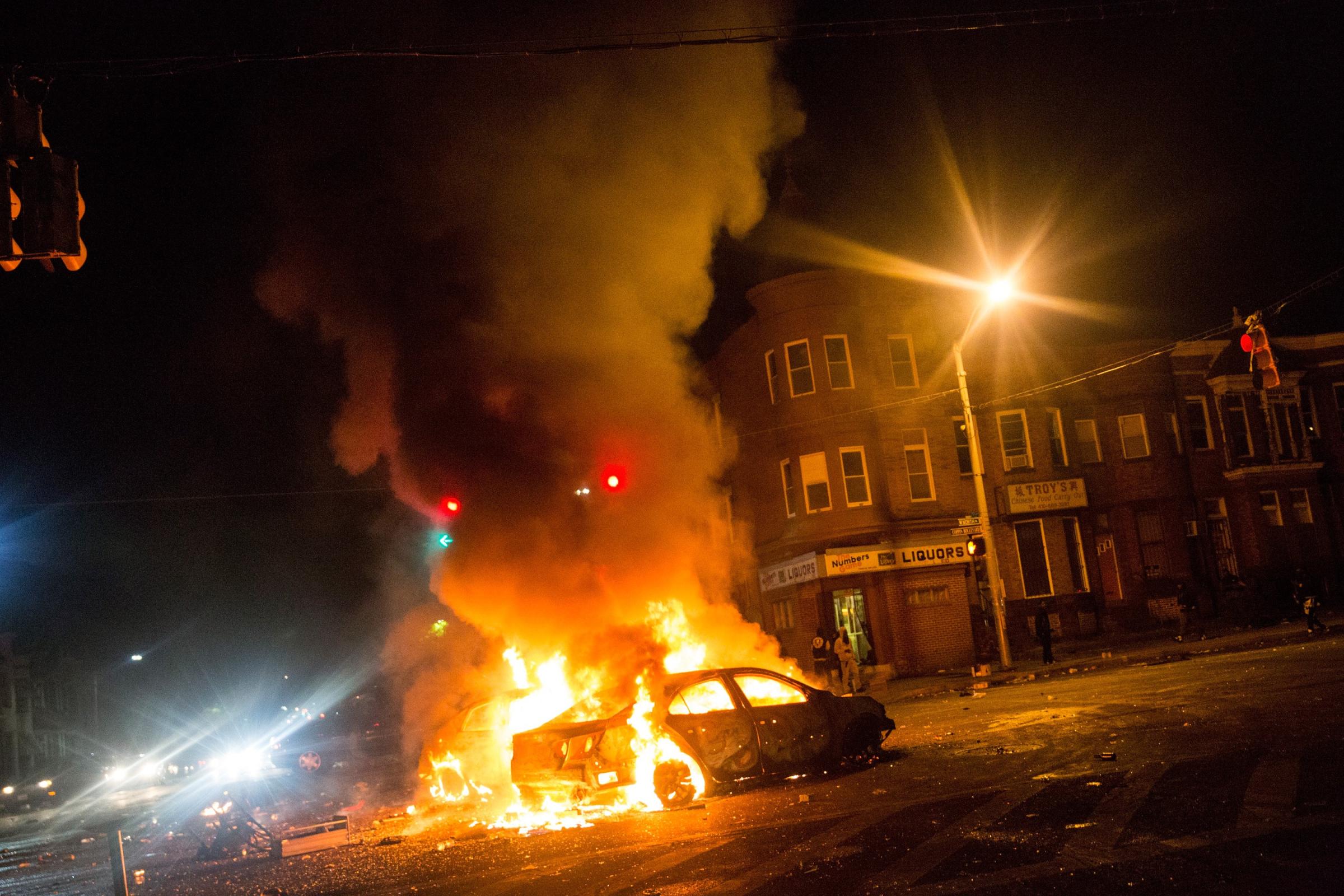
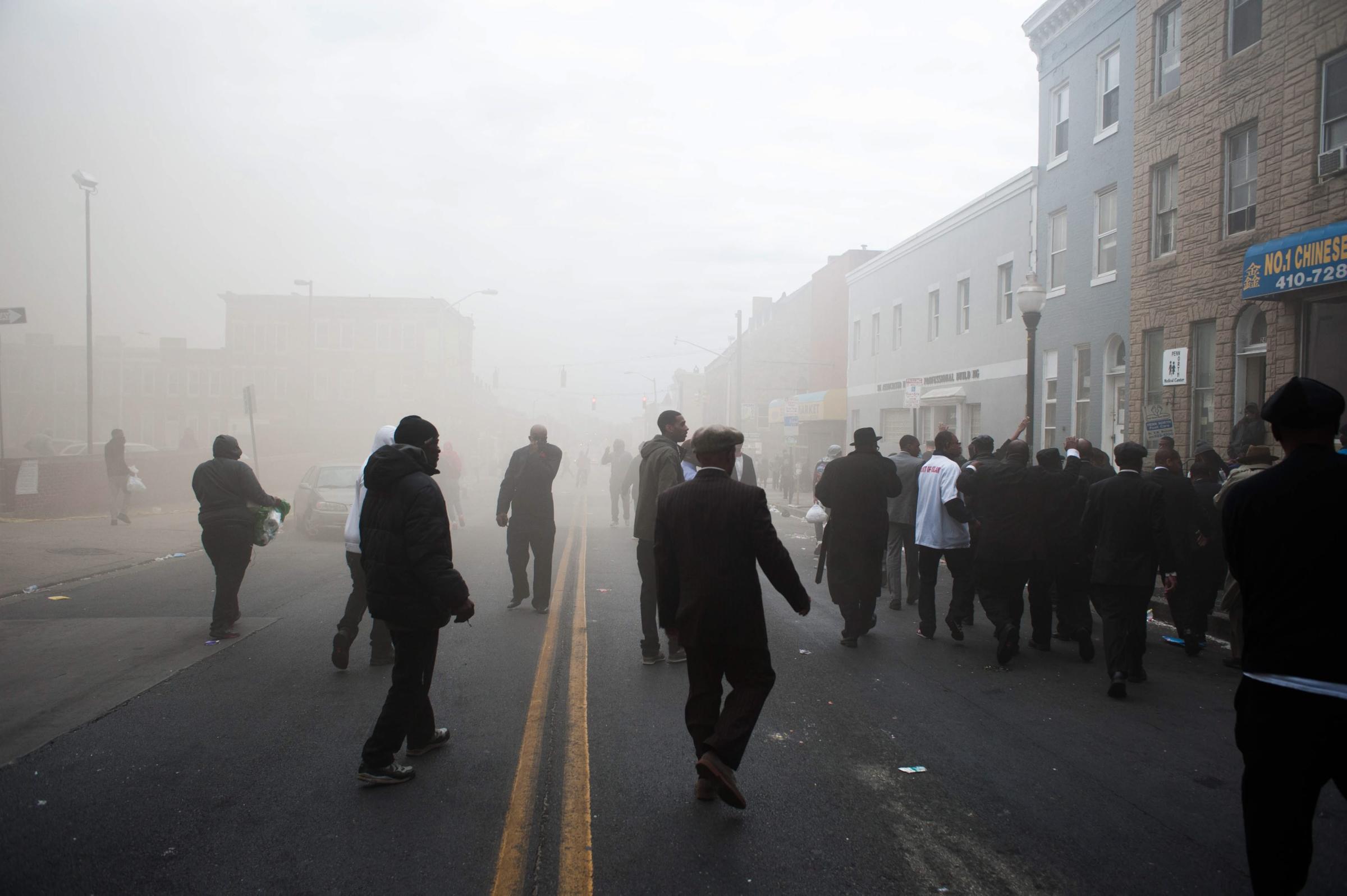
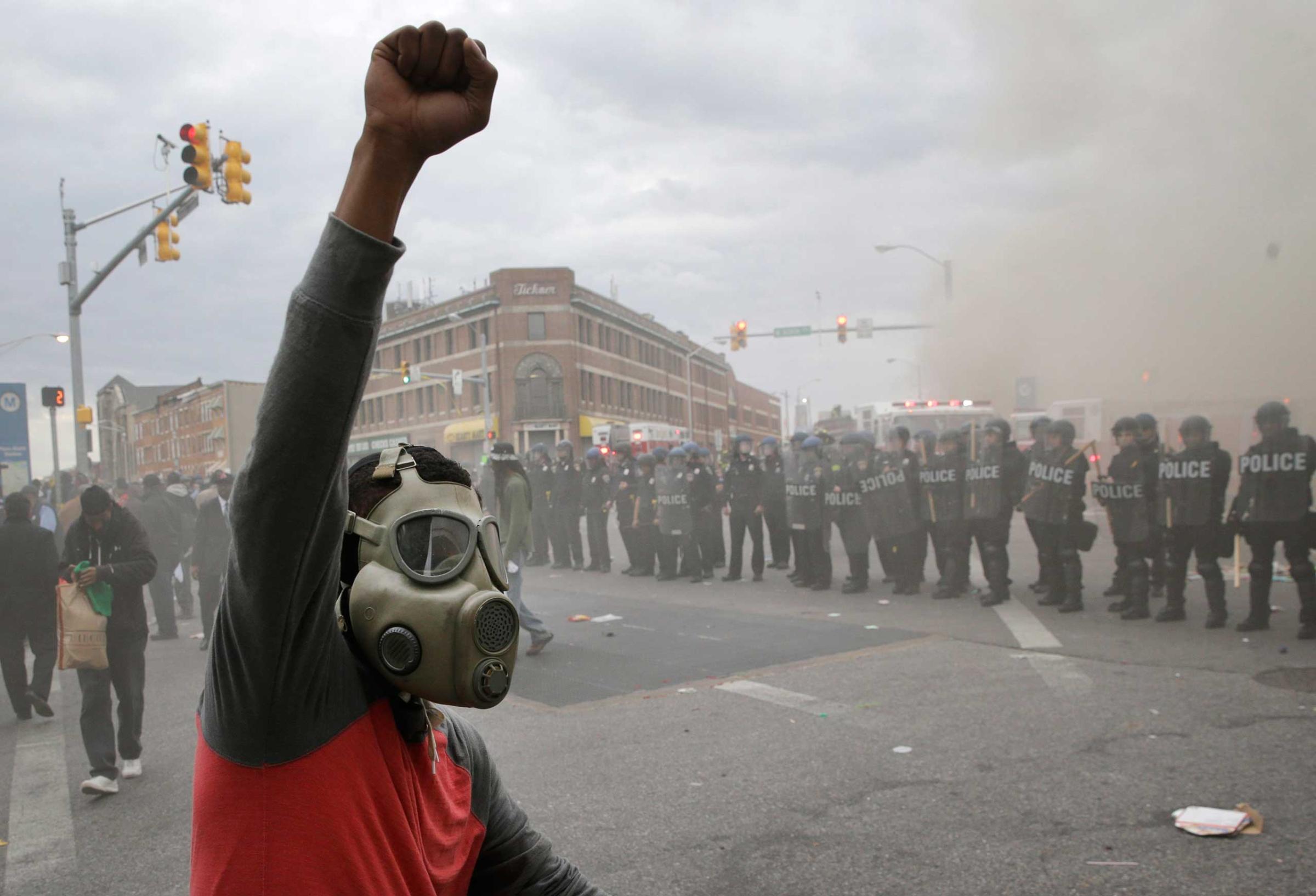
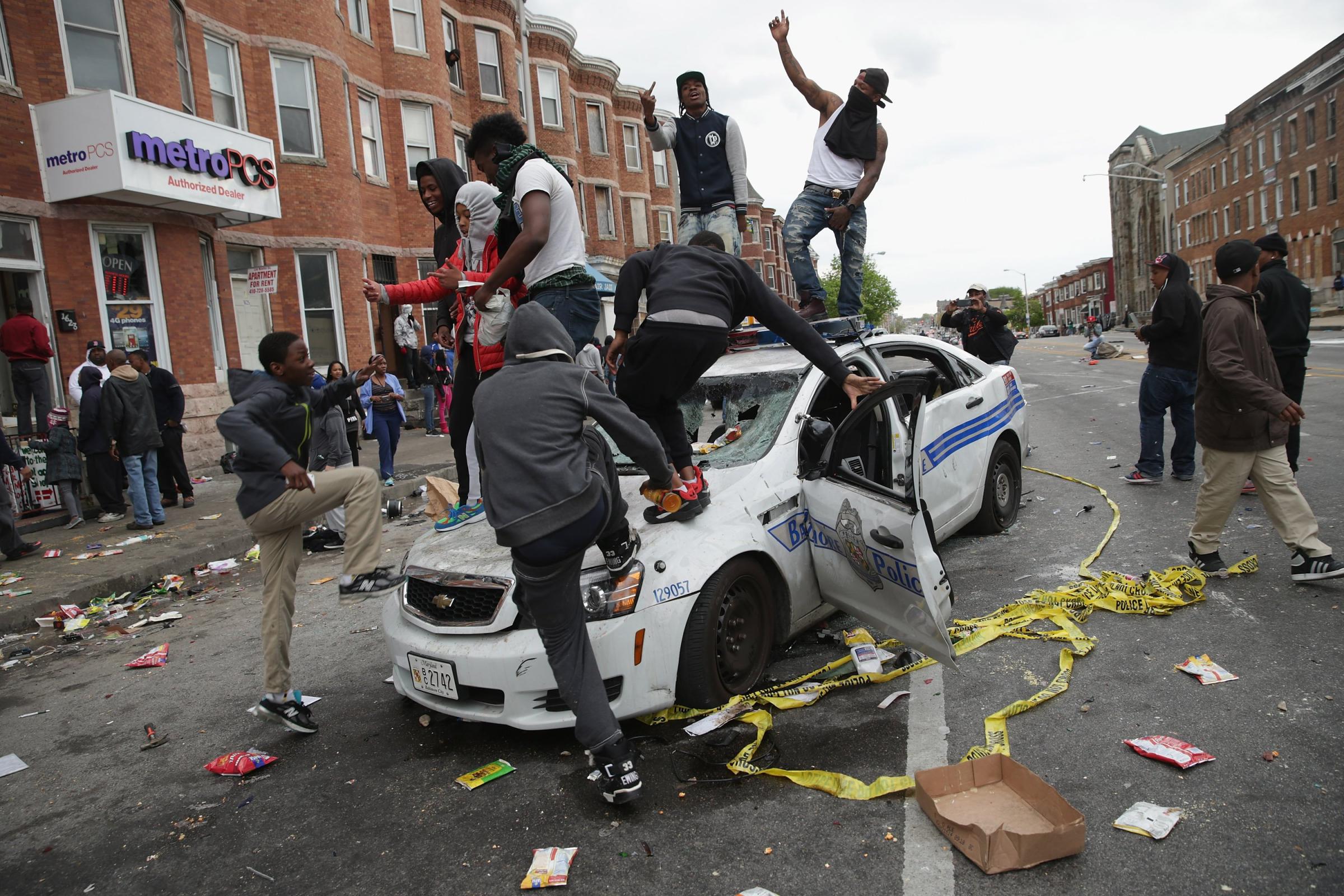
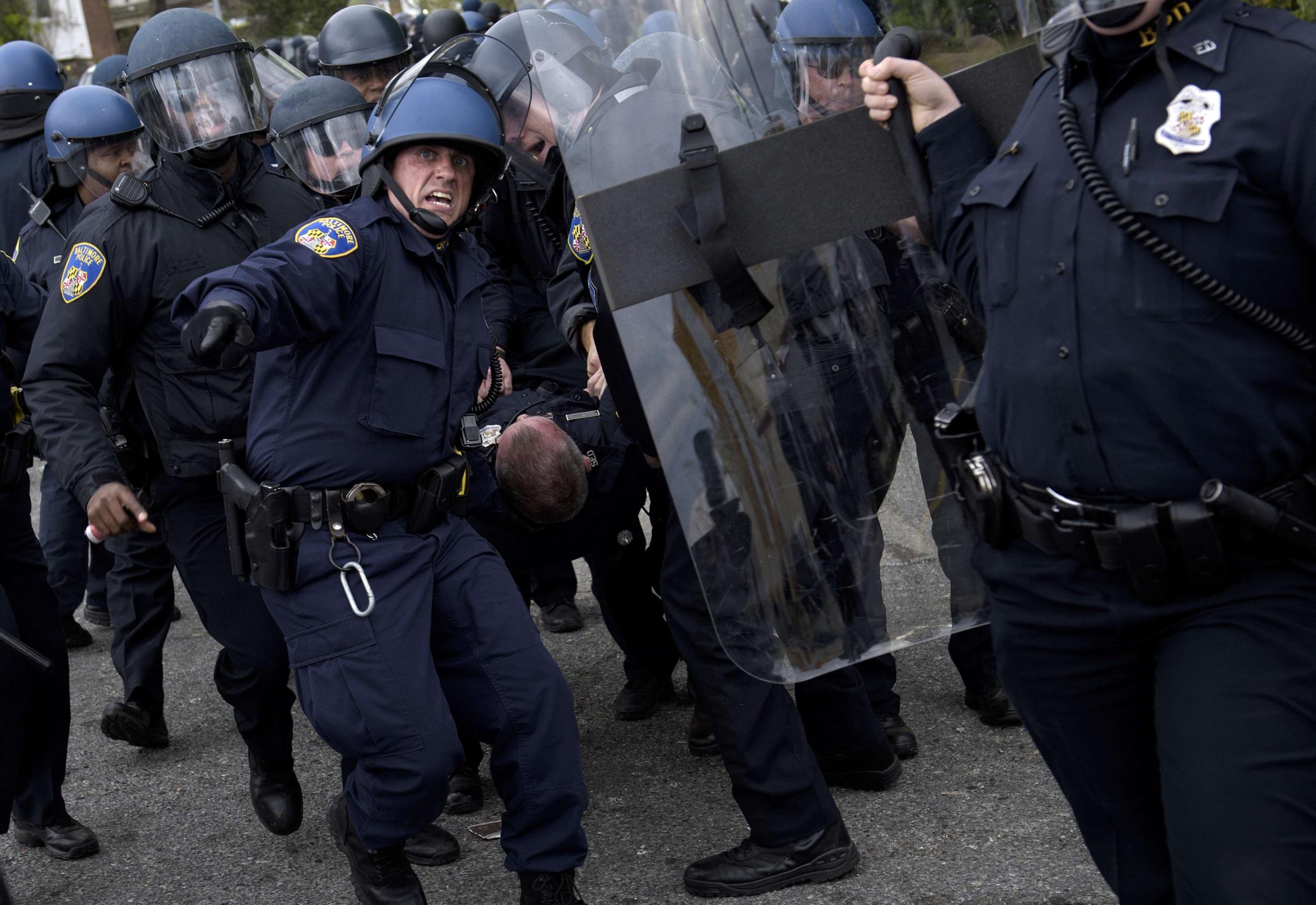

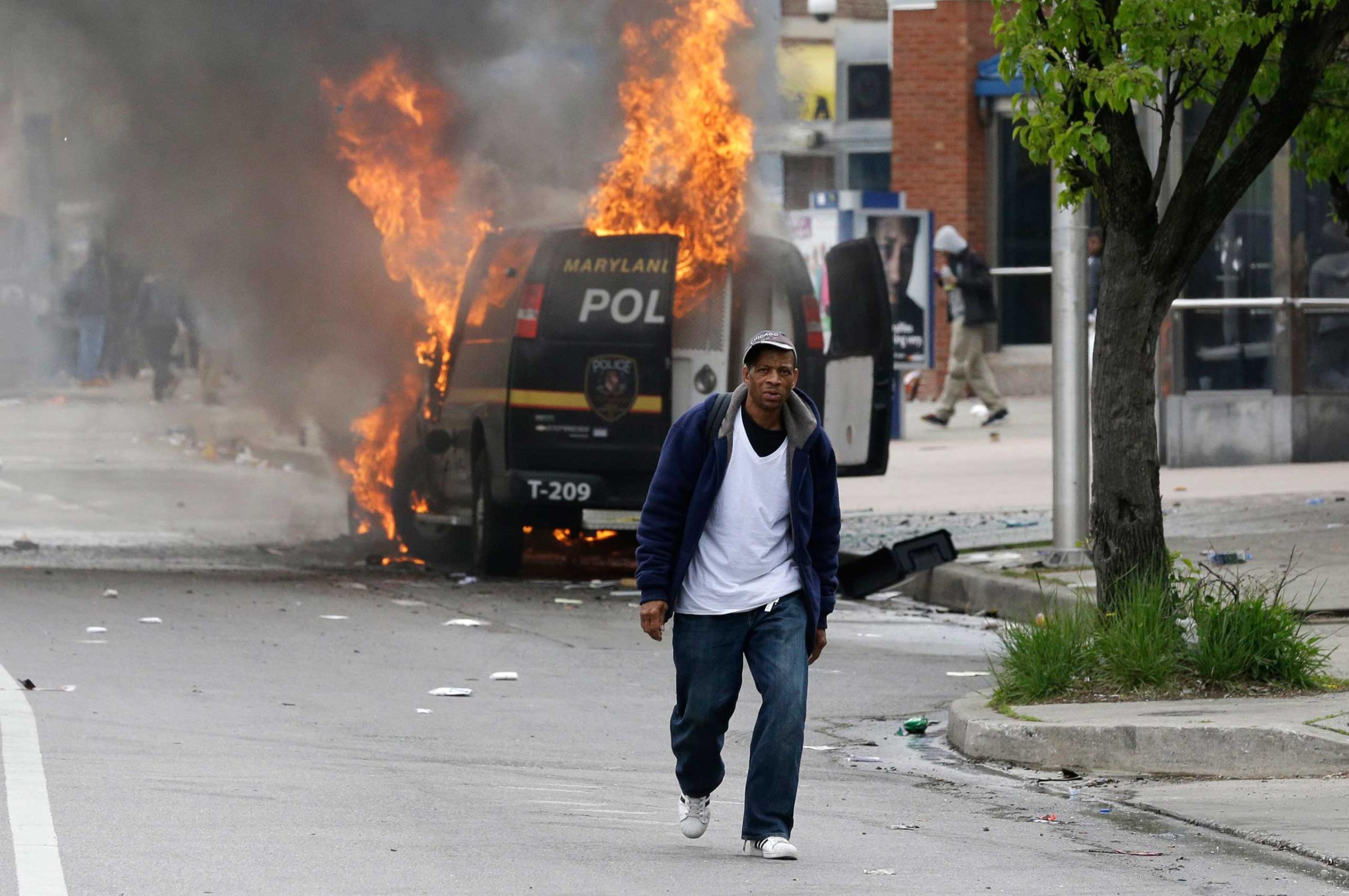
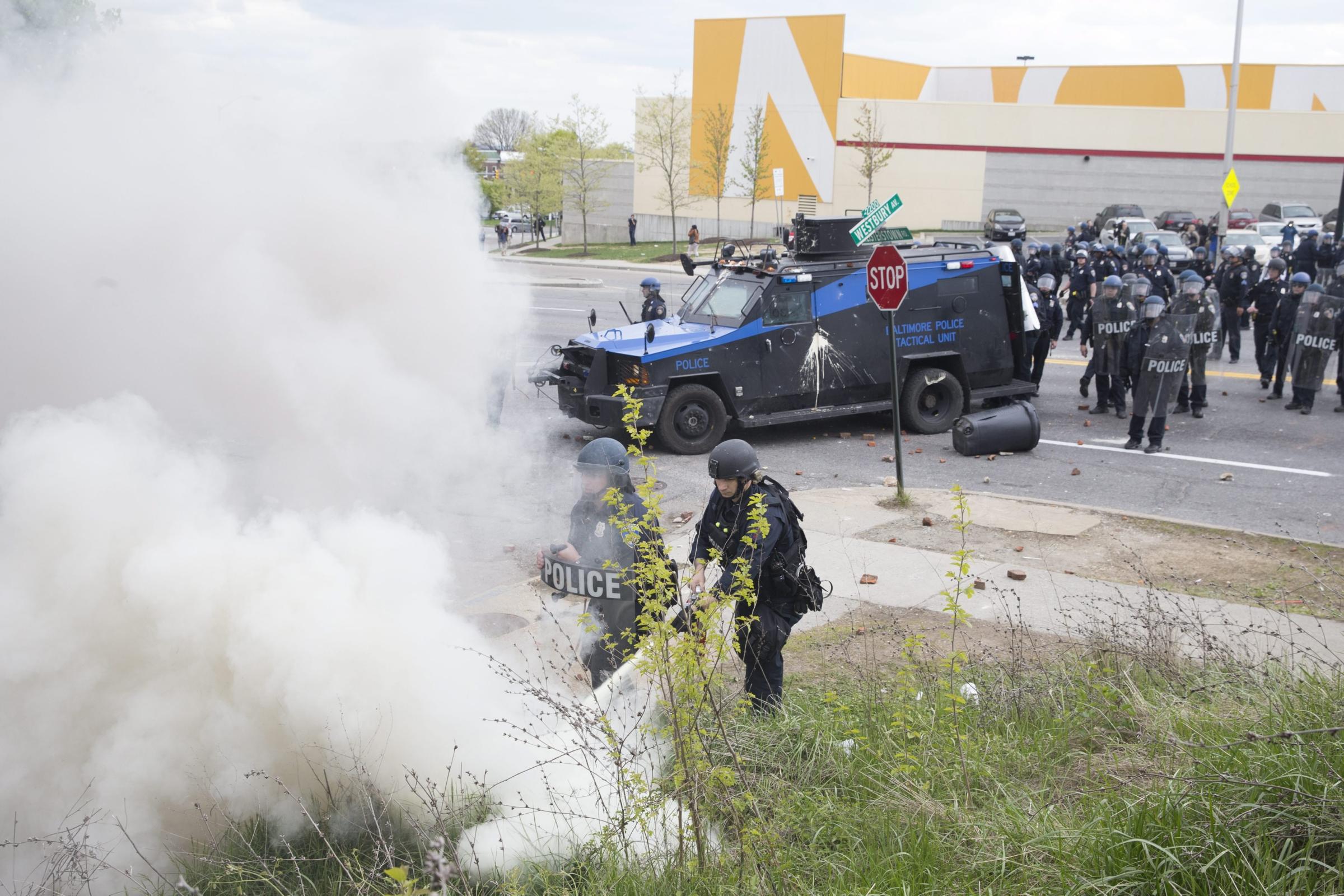
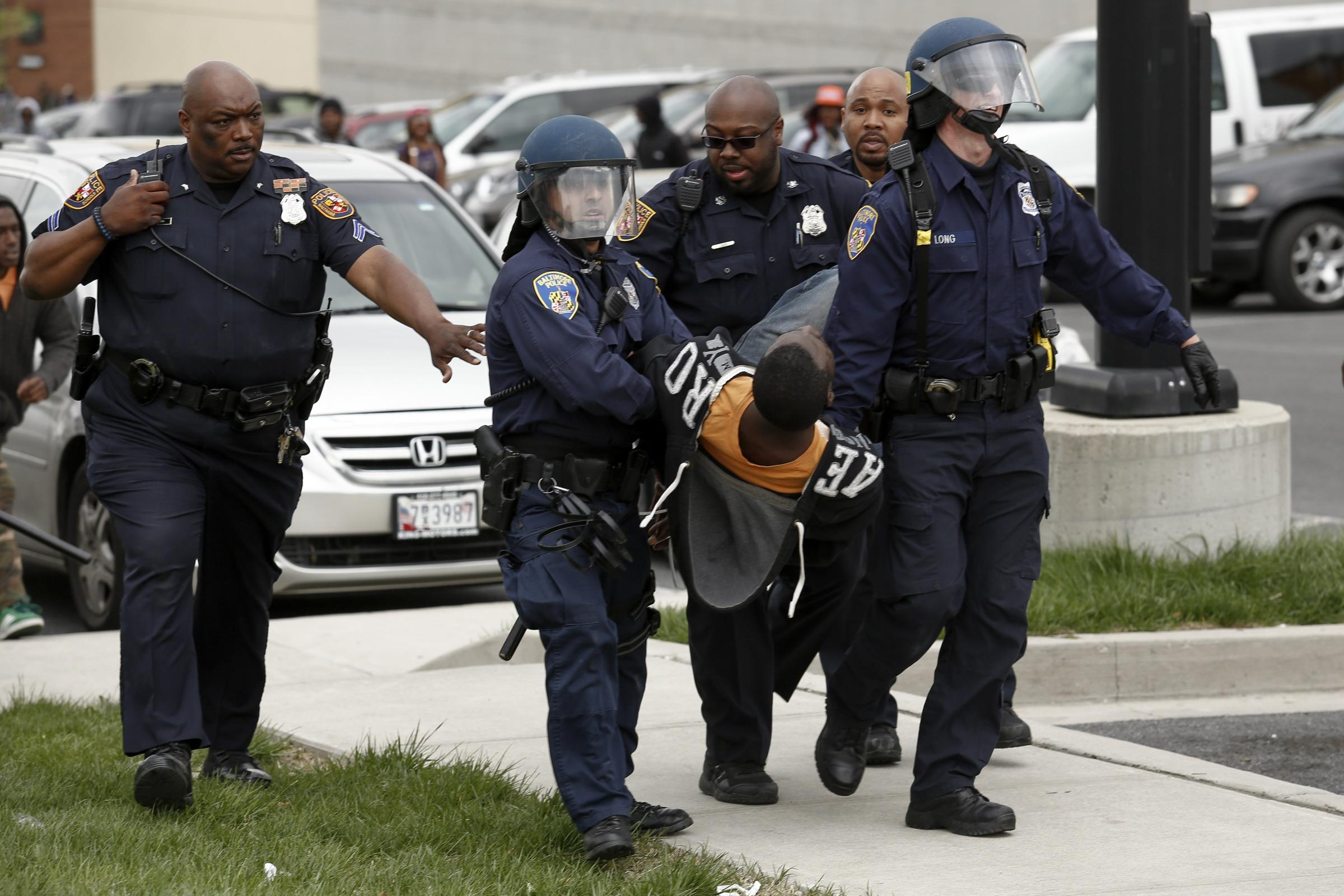

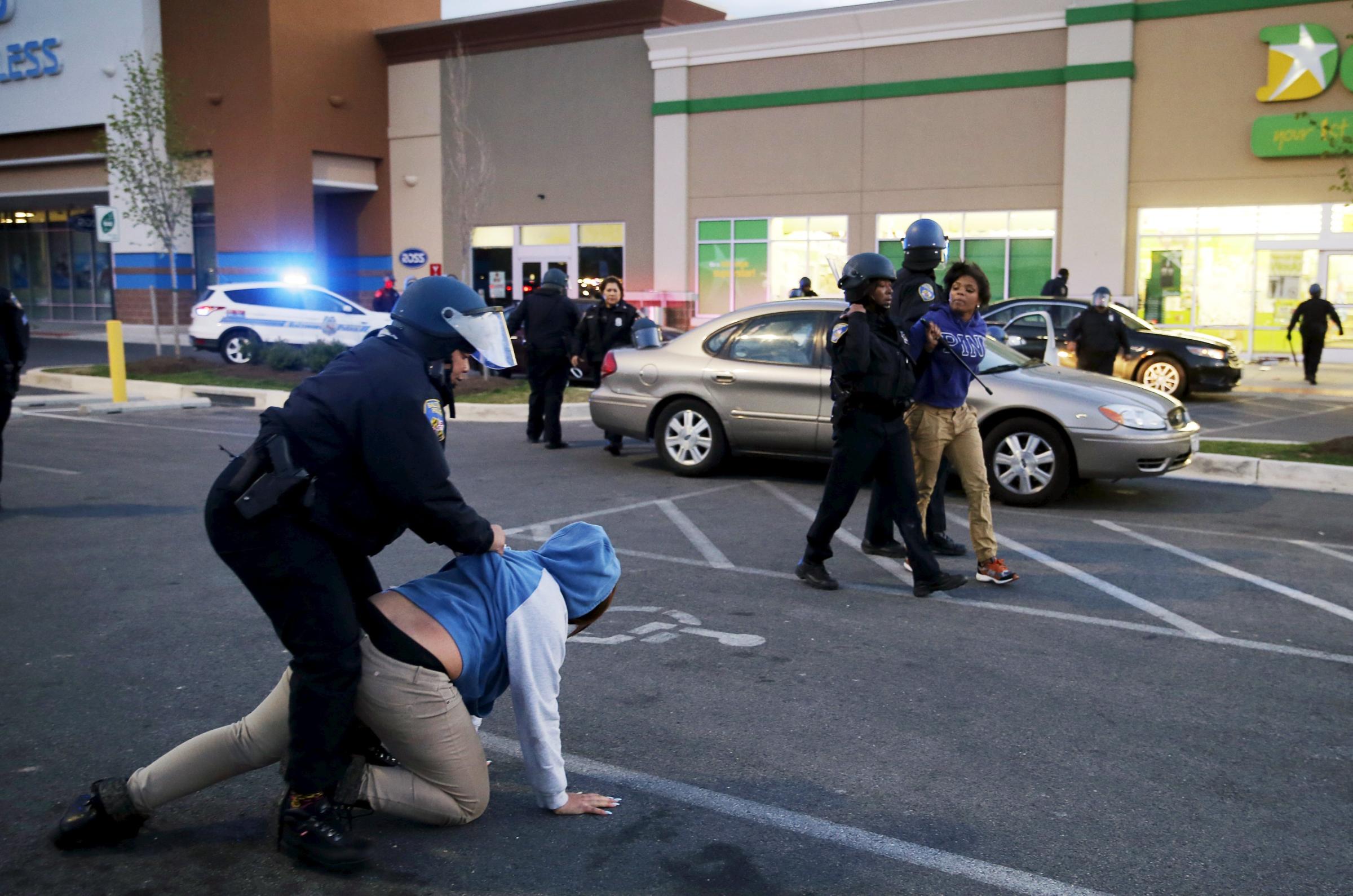
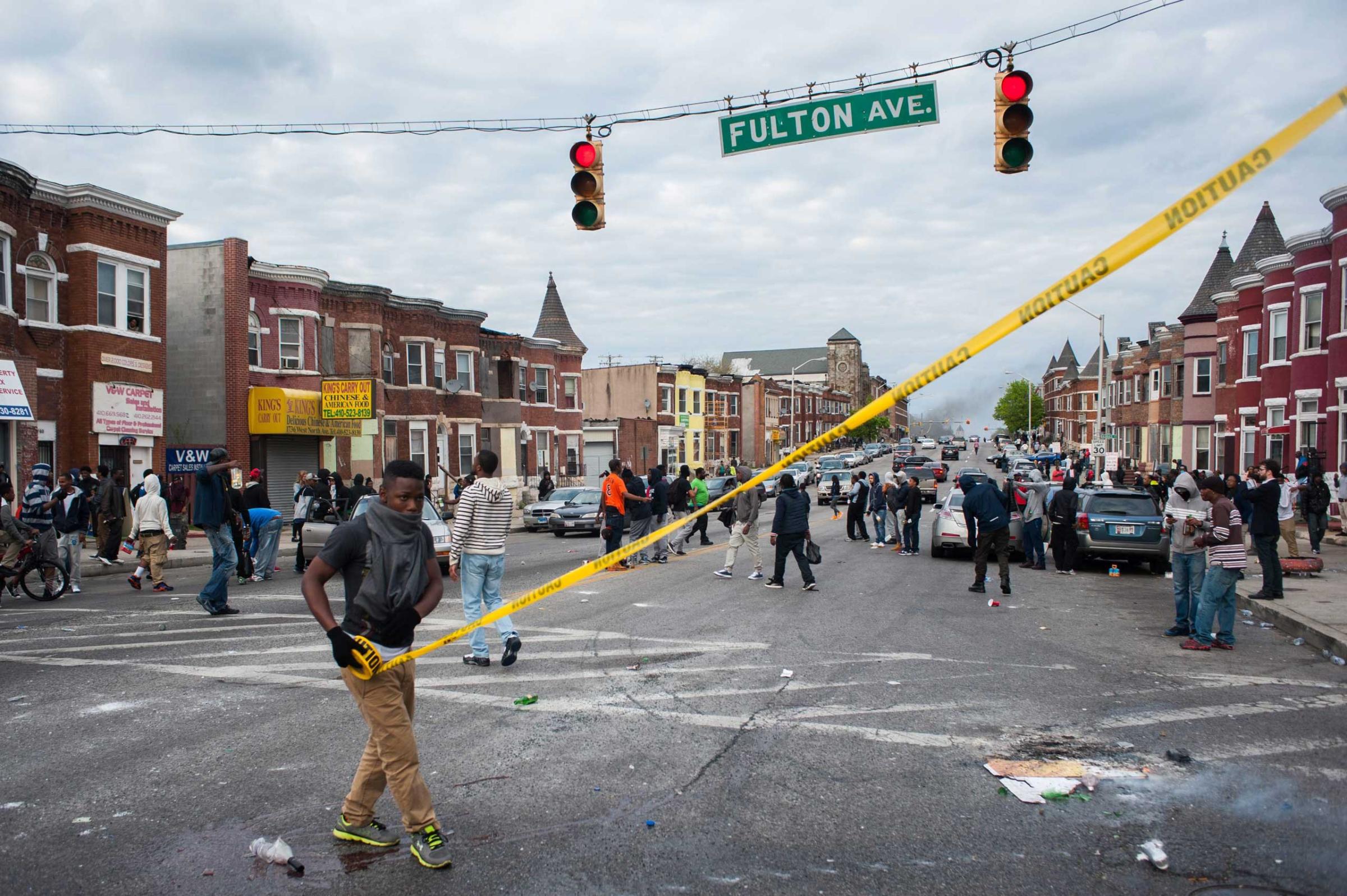

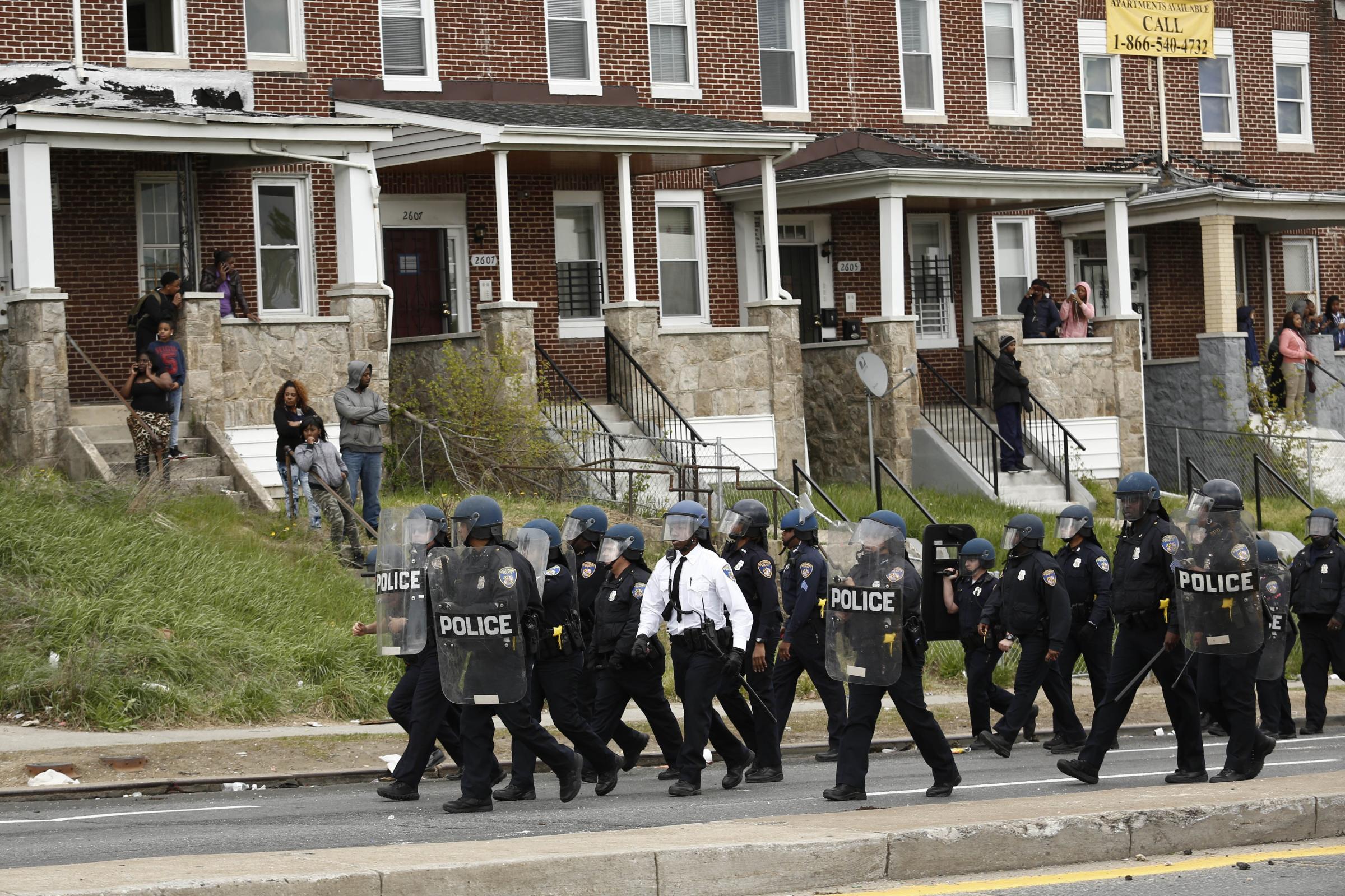

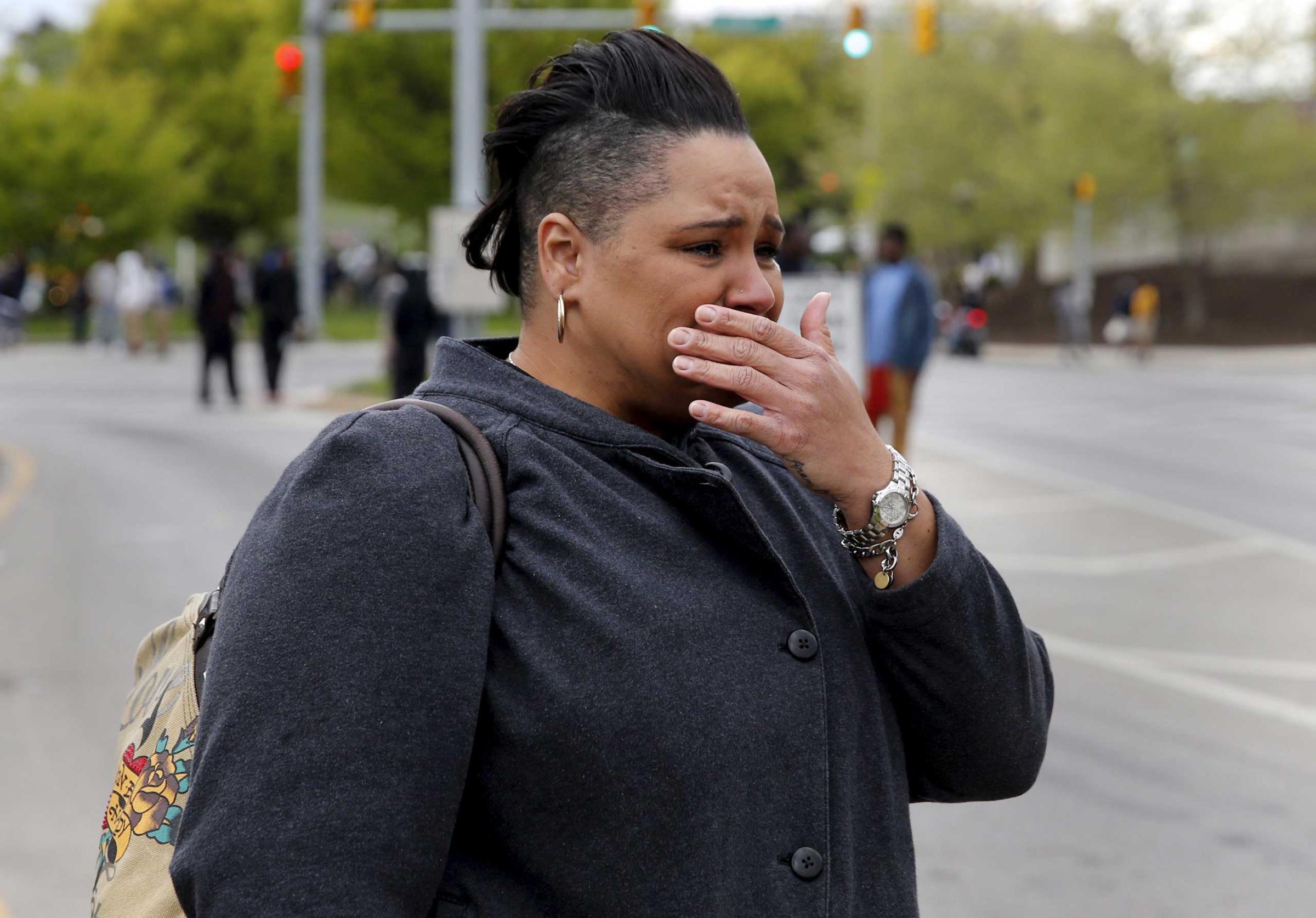
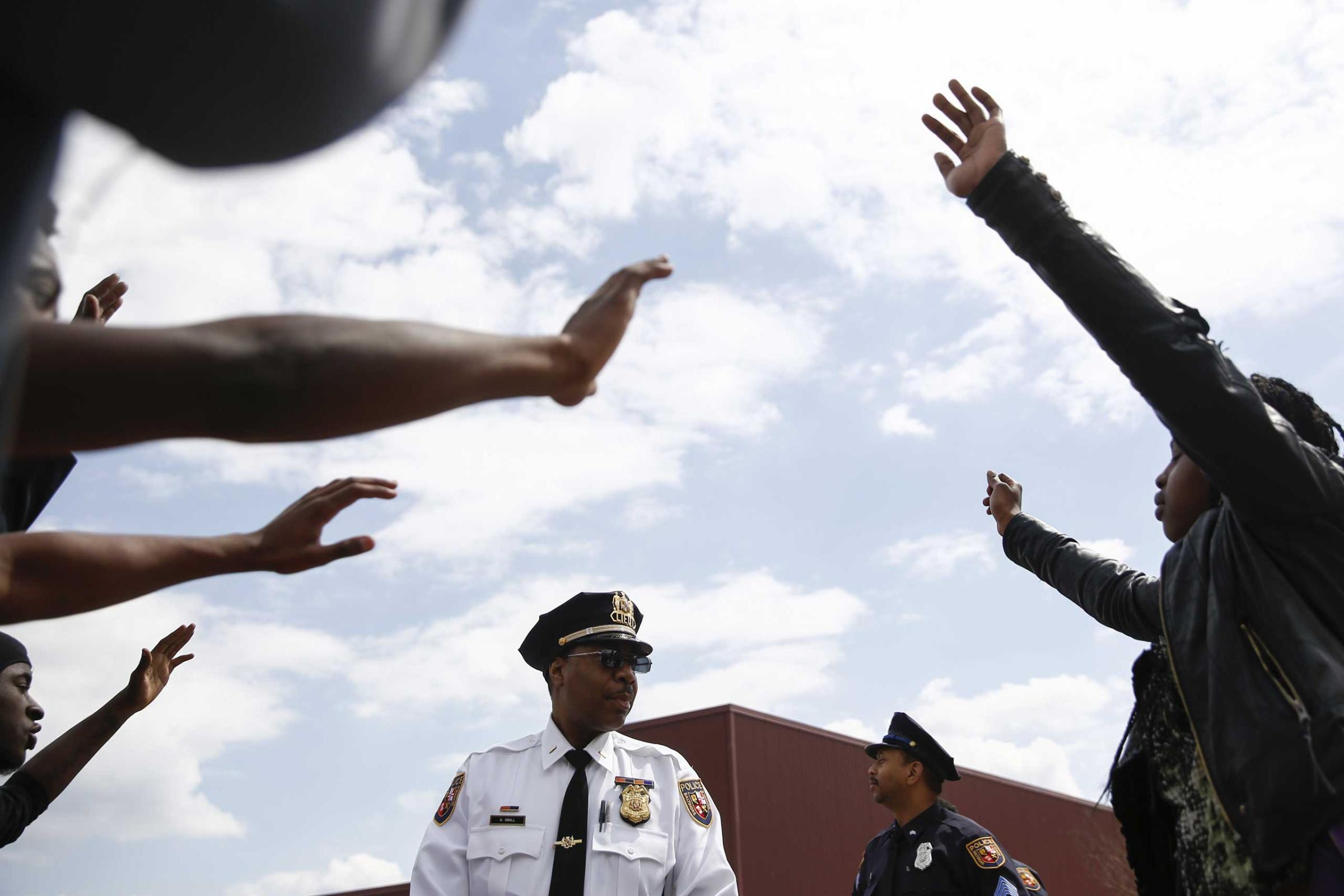
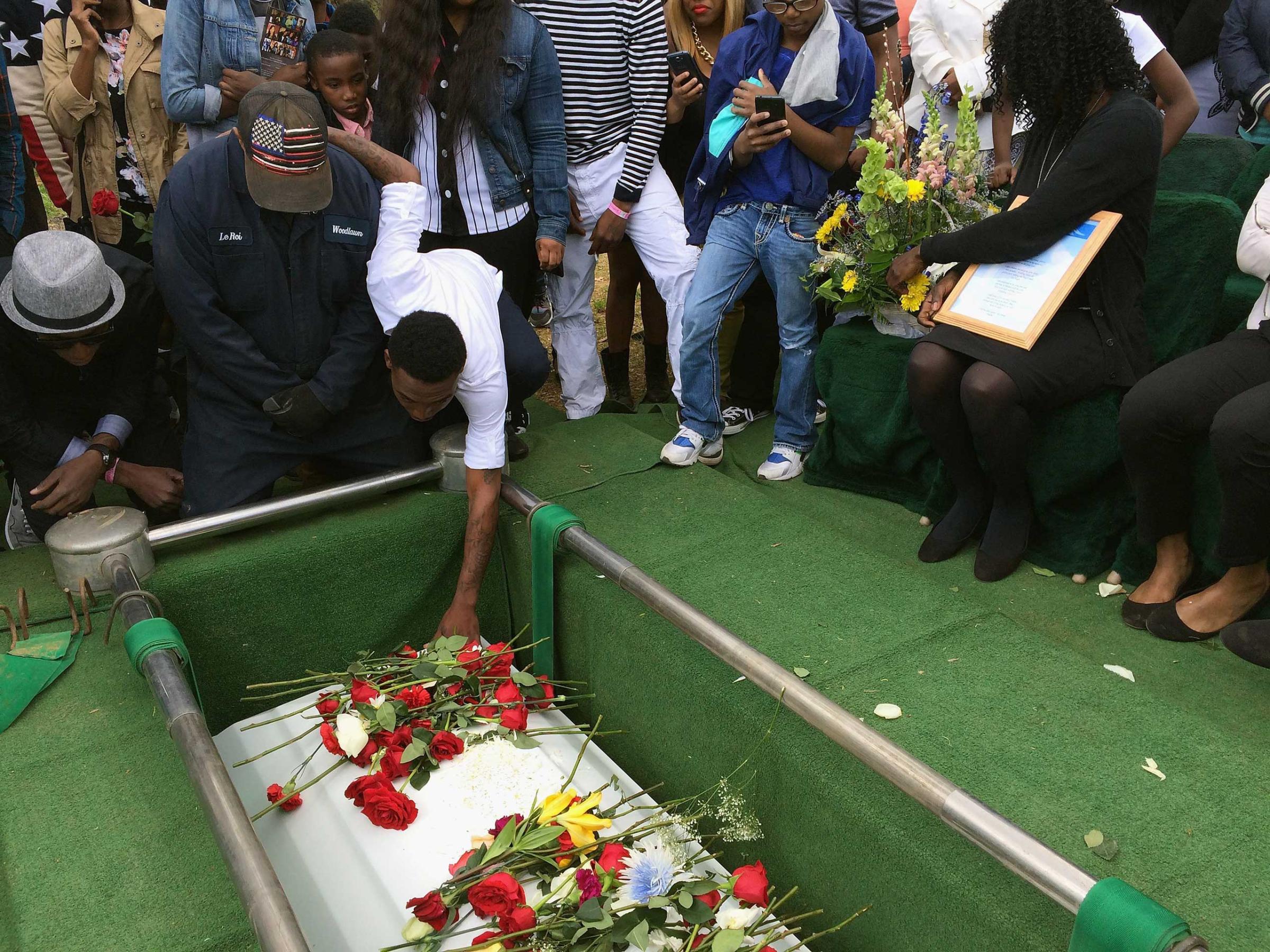



More Must-Reads from TIME
- Cybersecurity Experts Are Sounding the Alarm on DOGE
- Meet the 2025 Women of the Year
- The Harsh Truth About Disability Inclusion
- Why Do More Young Adults Have Cancer?
- Colman Domingo Leads With Radical Love
- How to Get Better at Doing Things Alone
- Michelle Zauner Stares Down the Darkness
Contact us at letters@time.com